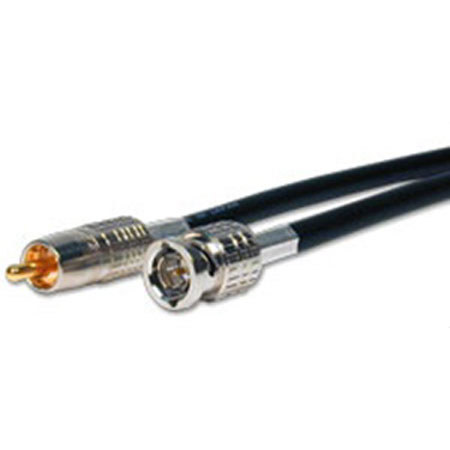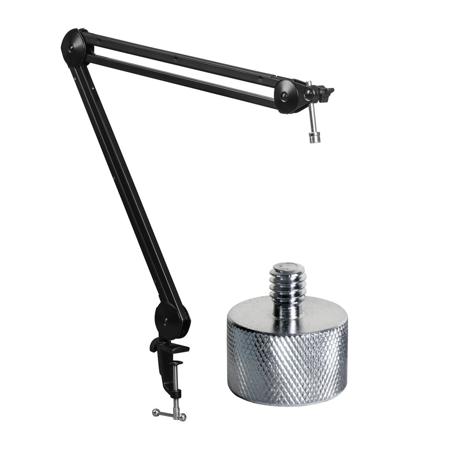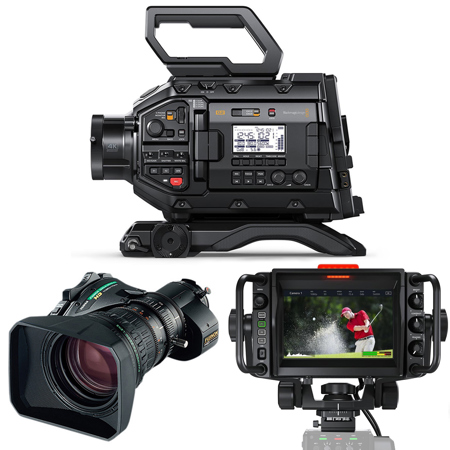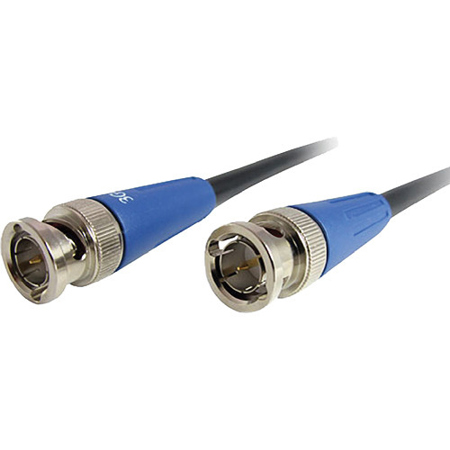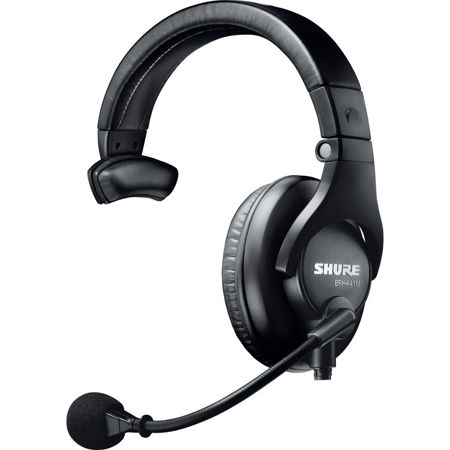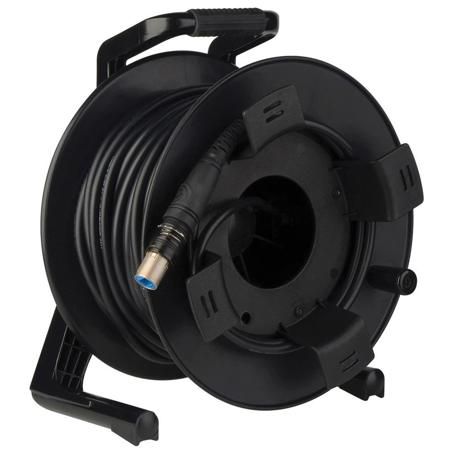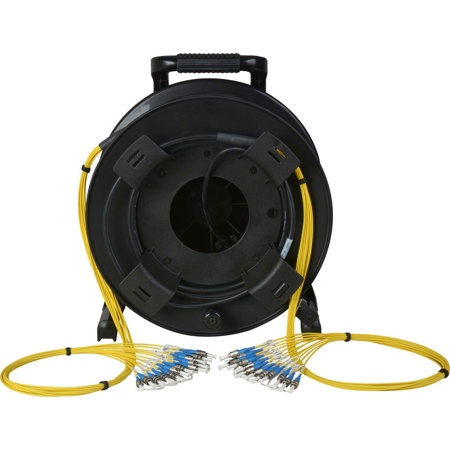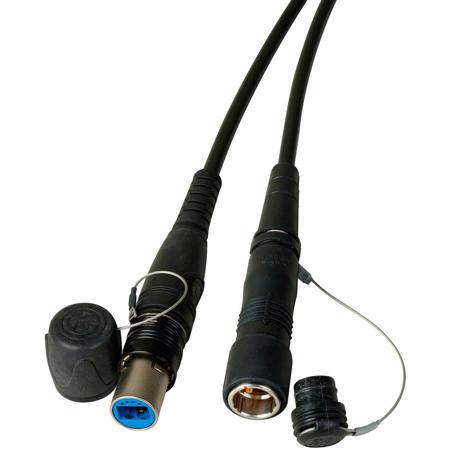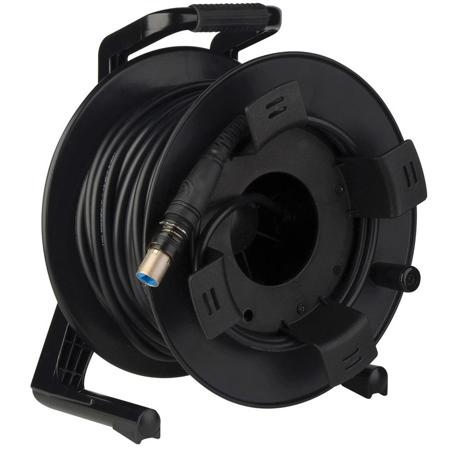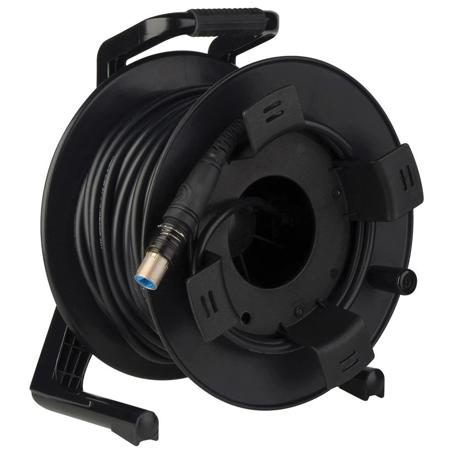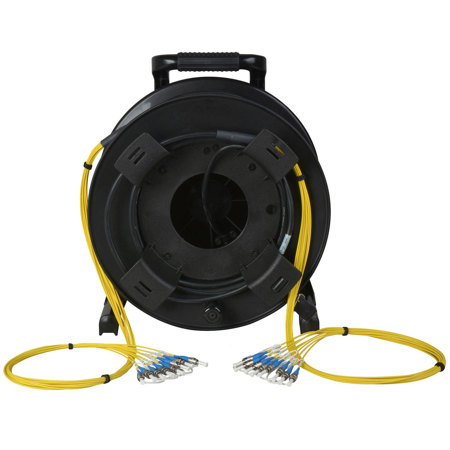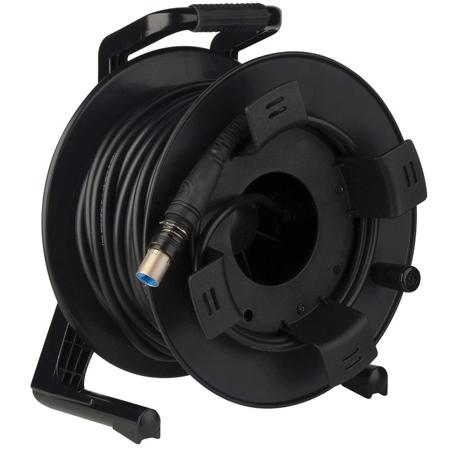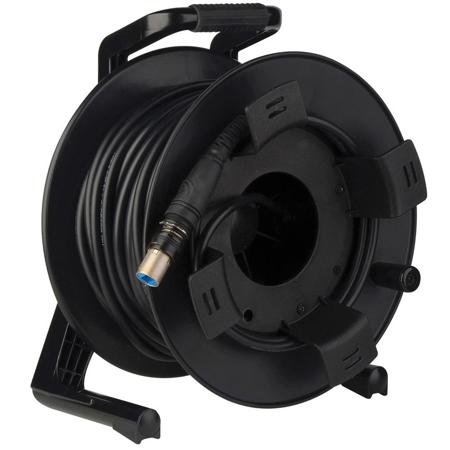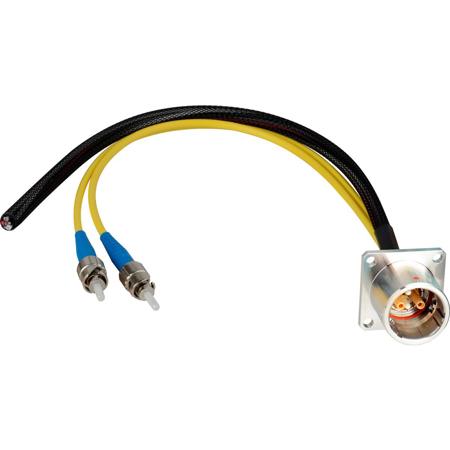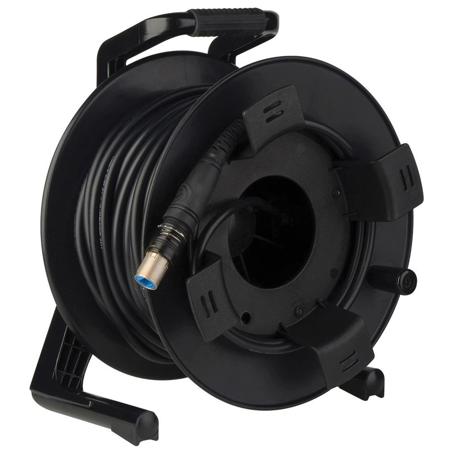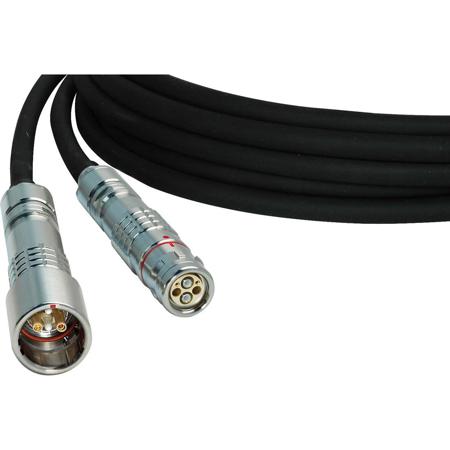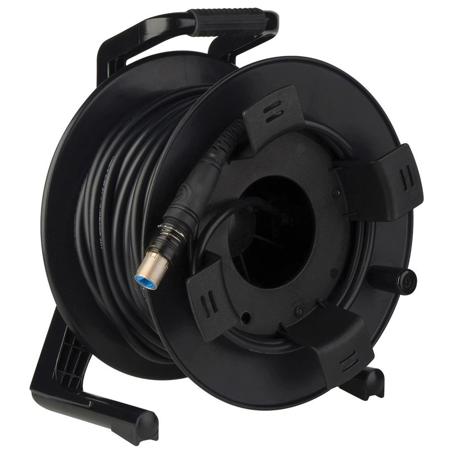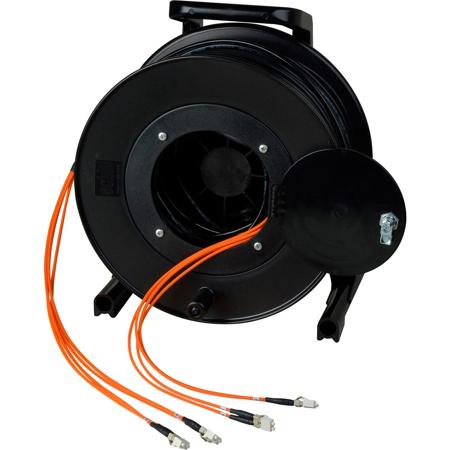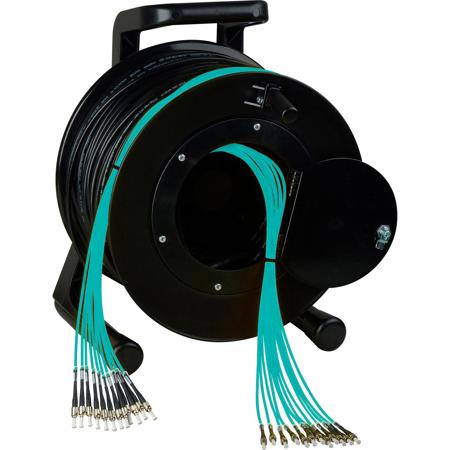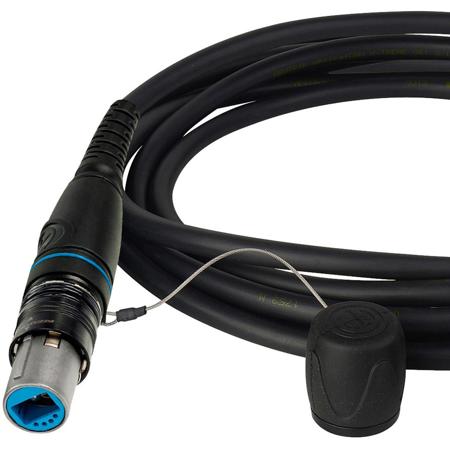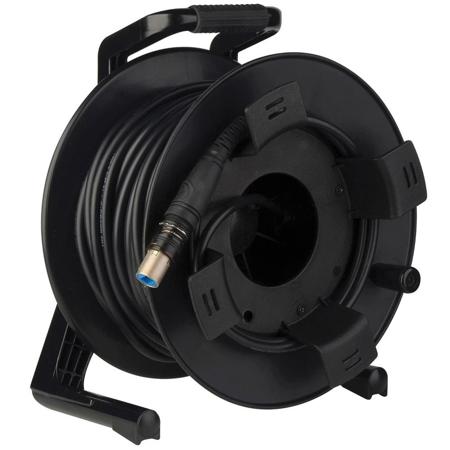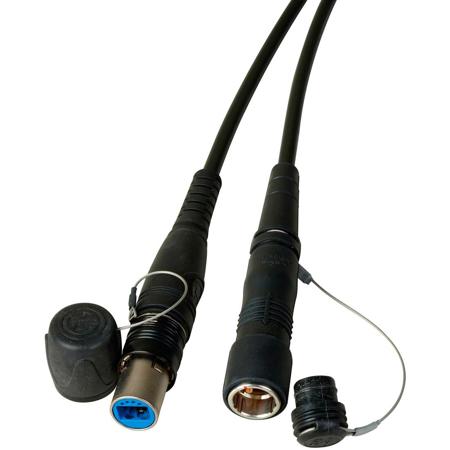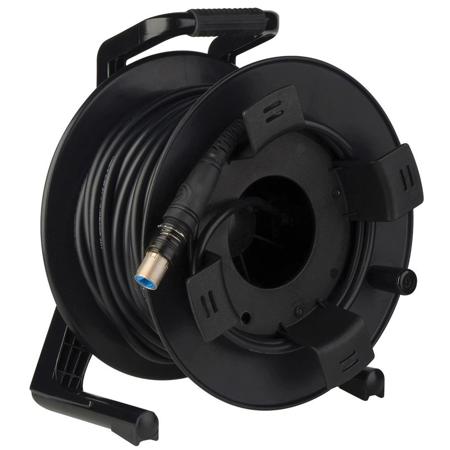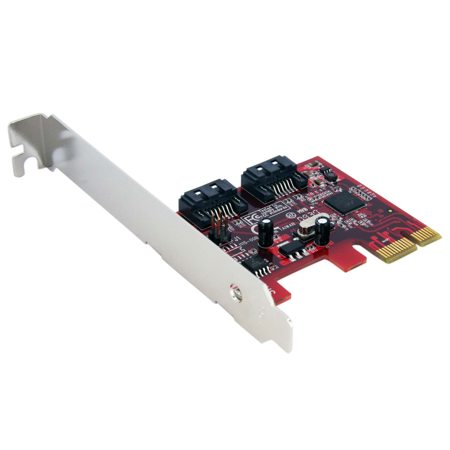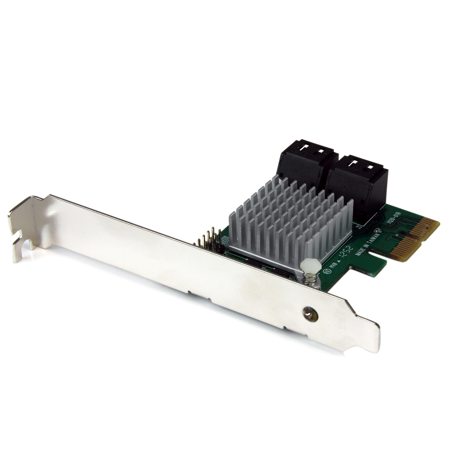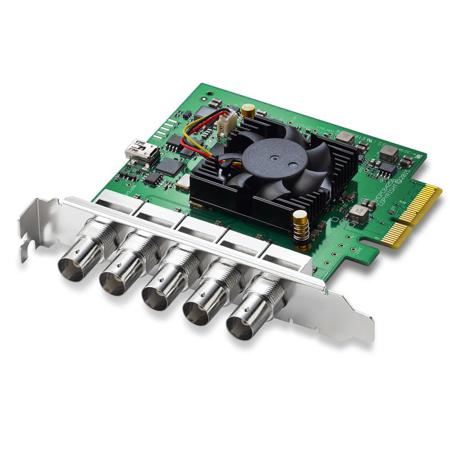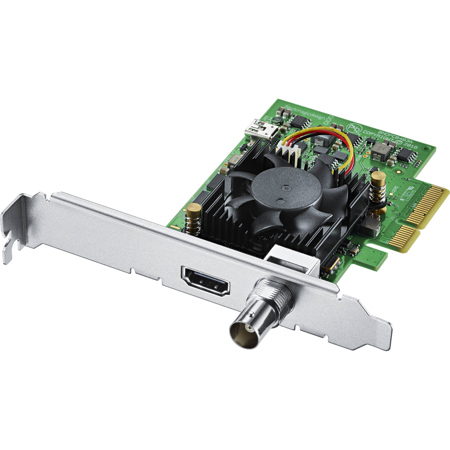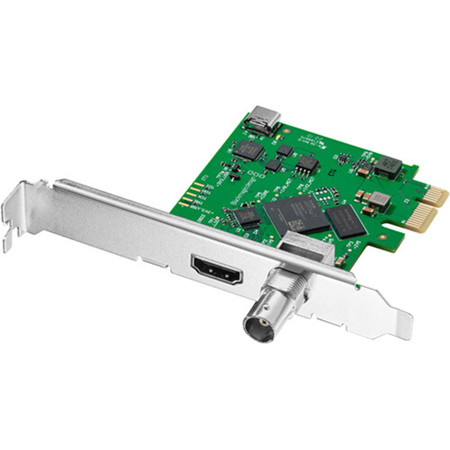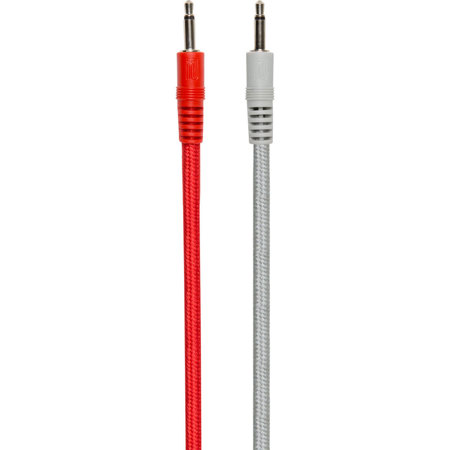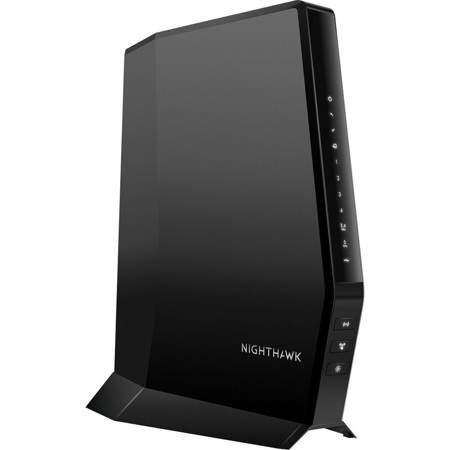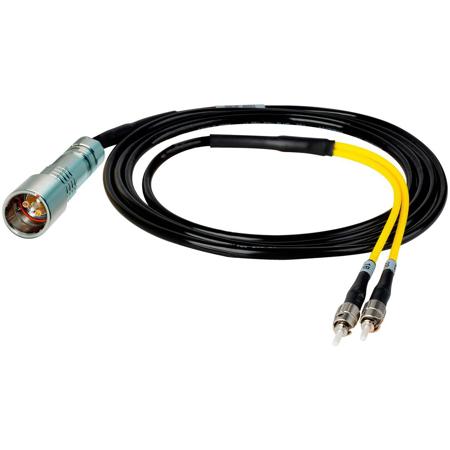Broadcast Cables
In the dynamic world of broadcasting, the significance of reliable broadcast cables cannot be overstated. These specialized cables are the lifelines of audio and video quality, ensuring that signals are transmitted clearly and without interference across various platforms. Whether it's for a professional broadcast studio, a live sports event, or a mobile reporting kit, the right cables are paramount to achieving a flawless production. As spring ushers in a season of renewal, many broadcasting professionals might find it the perfect time to revisit and potentially upgrade their equipment. With advancements in technology, newer and more efficient types of cables have emerged, making it crucial for professionals to stay updated with the latest offerings to maintain top-notch broadcast quality.
Broadcast cables come in various forms, including coaxial, fiber optic, and HDMI, each serving distinct purposes and suited for different environments. Coaxial cables are commonly used for television production due to their ability to shield against signal interference, while fiber optic cables are favored in high-definition productions for their superior bandwidth and speed. HDMI cables, on the other hand, are essential for transmitting uncompressed video and audio signals, and are commonly used in smaller setups or home studios. Each type of cable has its own set of characteristics regarding durability, flexibility, and conductivity, which must be matched with the specific needs of the production environment. For instance, cables used in outdoor broadcasts must be rugged and weather-resistant, while those used in studio settings should prioritize minimal signal loss and ultra-clear transmission.
For anyone involved in the production of high-quality broadcasts, understanding the nuances of each cable type is crucial. This expertise not only impacts the quality of the broadcast but also enhances the longevity and reliability of the equipment. Whether you are setting up a new broadcast station, upgrading your existing equipment, or even looking for a thoughtful gift for a multimedia enthusiast, choosing the right broadcast cables is a decision that influences the very foundation of audiovisual clarity and performance. For those looking to delve deeper into the world of high-quality audio and video transmission, exploring options like Performance Cables can provide insights into higher-grade alternatives that might better suit sophisticated setups or specialized needs. As the broadcasting landscape continues to evolve with technological advancements, professionals and enthusiasts alike must remain adept at selecting the right tools to convey their vision and message with precision and professionalism.
Broadcast cables come in various forms, including coaxial, fiber optic, and HDMI, each serving distinct purposes and suited for different environments. Coaxial cables are commonly used for television production due to their ability to shield against signal interference, while fiber optic cables are favored in high-definition productions for their superior bandwidth and speed. HDMI cables, on the other hand, are essential for transmitting uncompressed video and audio signals, and are commonly used in smaller setups or home studios. Each type of cable has its own set of characteristics regarding durability, flexibility, and conductivity, which must be matched with the specific needs of the production environment. For instance, cables used in outdoor broadcasts must be rugged and weather-resistant, while those used in studio settings should prioritize minimal signal loss and ultra-clear transmission.
For anyone involved in the production of high-quality broadcasts, understanding the nuances of each cable type is crucial. This expertise not only impacts the quality of the broadcast but also enhances the longevity and reliability of the equipment. Whether you are setting up a new broadcast station, upgrading your existing equipment, or even looking for a thoughtful gift for a multimedia enthusiast, choosing the right broadcast cables is a decision that influences the very foundation of audiovisual clarity and performance. For those looking to delve deeper into the world of high-quality audio and video transmission, exploring options like Performance Cables can provide insights into higher-grade alternatives that might better suit sophisticated setups or specialized needs. As the broadcasting landscape continues to evolve with technological advancements, professionals and enthusiasts alike must remain adept at selecting the right tools to convey their vision and message with precision and professionalism.
